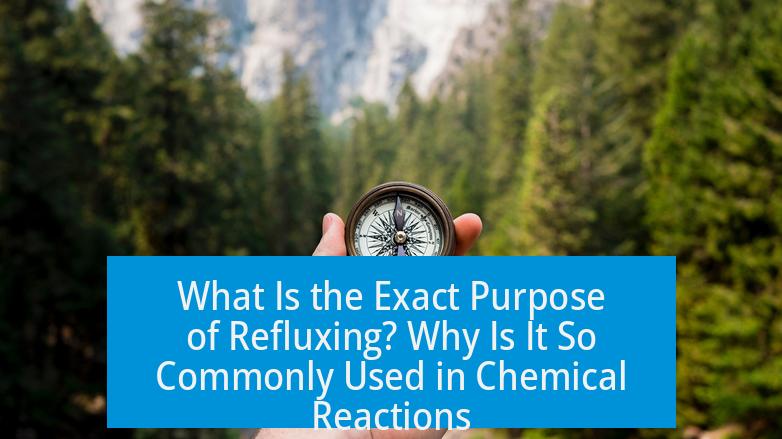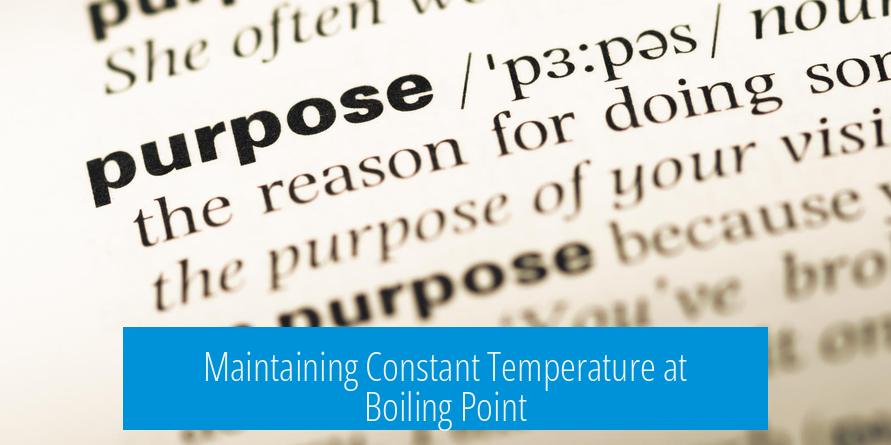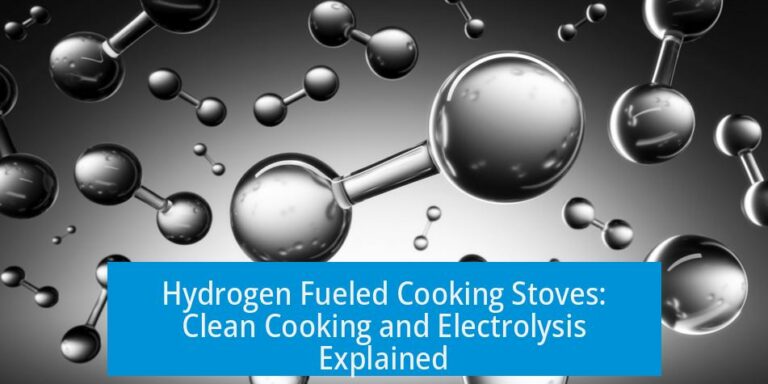What Is the Exact Purpose of Refluxing? Why Is It So Commonly Used in Chemical Reactions?

Refluxing maintains a constant temperature near the solvent’s boiling point while preventing solvent loss by condensing vapors back to the reaction flask. It enables reactions to proceed efficiently at higher temperatures, ensures complete conversion of reactants, preserves reaction volume, and promotes consistent product formation.
Preventing Loss of Solvent and Maintaining Reaction Volume
Refluxing uses a condenser to cool evaporated solvent vapors and return them to the reaction vessel. This prevents solvent evaporation and maintains the reaction mixture’s volume throughout the process. By doing this, the solvent does not run dry during extended heating periods.
- Hot vapors are trapped and condensed back into liquid form.
- Maintains constant solvent volume to keep effective concentrations steady.
- Allows reactions to proceed for hours without losses due to evaporation.
This aspect is crucial for organic reactions where solvents like ethanol, toluene, or ether might otherwise evaporate if heated openly. The reflux condenser ensures the system remains closed in terms of solvent loss.
Maintaining Constant Temperature at Boiling Point

Operating reactions near the boiling point of a solvent ensures a stable, constant temperature. Because most liquids boil at a specific temperature under atmospheric pressure, reflux conditions provide a natural temperature control point.
- Boiling point remains relatively constant under normal pressure.
- Fluctuations in heating baths do not affect flask temperature significantly.
- Consistent temperature improves reproducibility and control of the reaction.
Many reactions require steady thermal conditions for optimal progression. Fluctuations can slow down reaction rates or lead to side reactions. Refluxing leverages solvent boiling to maintain a reliable temperature platform.
Enhancing Reaction Rate by Operating at Higher Temperature
Temperature directly affects reaction rates. Performing reactions at or near the solvent boiling point accelerates reaction kinetics substantially.
- Reaction rates typically triple with every 10°C increase.
- Higher temperature increases solubility of reactants in the solvent.
- Faster reaction completion reduces total reaction time.
Refluxing allows heating above ambient temperatures without loss of solvent, which is critical since reactions at room temperature can be too slow. The choice of solvent limits maximum temperature, but reflux maximizes heat safely.
Improving Homogeneity for Better Reaction Outcomes
Refluxing helps maintain a well-mixed, homogeneous solution throughout the reaction period. Homogeneity ensures uniform reactant distribution, which improves yield and consistency of products.
- Dissolved reactants stay evenly mixed due to constant agitation and gentle boiling.
- Prevents localized overheating or concentration gradients.
- Supports formation of uniform products without impurities from incomplete mixing.
This aspect is particularly important in organic synthesis where product purity relies heavily on reaction consistency.
Ensuring Complete Reaction and Product Formation
By holding the reaction at steady heat and solvent volume, refluxing maximizes the conversion of reactants into desired products. The continuous condensation and return of volatile reactants or intermediates prevent their loss, promoting full reaction completion.
- Reflux prevents evaporation of volatile reactants or intermediates.
- Ensures that all reactants remain available to react over time.
- Improves yield and purity of target compounds.
For example, oxidation of primary alcohols to carboxylic acids requires reflux to keep intermediates in the reaction mixture and drive the process to completion.
Historical and Practical Considerations
Historically, refluxing was a straightforward way to maintain controlled reaction temperatures before advanced temperature control technologies became common.
- Reflux leverages solvent boiling as a natural temperature regulator.
- Easy setup with basic glassware and water cooling makes reflux accessible.
- Modern methods like sealed tubes, air condensers, or heating mantles can sometimes replace reflux.
Despite alternatives, reflux remains widely used because it is reliable, reproducible, and effective for many types of organic and inorganic reactions.
Summary of Key Points
- Reflux prevents solvent loss by condensing vapors and returning them to the flask.
- Maintains constant temperature at or near solvent boiling point, providing stable reaction conditions.
- Increases reaction rates by allowing reactions to proceed at higher temperatures safely.
- Enhances homogeneity, ensuring even mixing and product consistency.
- Promotes complete conversion of reactants into products, improving yield.
- Simple and historically reliable method for temperature and volume control in chemistry labs.
What is the main function of refluxing in a chemical reaction?
Refluxing prevents the loss of solvent by condensing vapors back into the reaction flask. This keeps the reaction volume steady and maintains the mixture throughout the process.
Why is refluxing important for temperature control during reactions?
Refluxing keeps the reaction mixture at a constant temperature near the solvent’s boiling point. This stable temperature helps reactions proceed at a steady rate.
How does refluxing affect the reaction rate?
By maintaining temperature near the solvent’s boiling point, refluxing increases solubility and speeds up the reaction. Higher temperatures generally boost reaction rates significantly.
Can refluxing improve the consistency of products formed in a reaction?
Yes. Refluxing promotes a more homogeneous mixture, which often results in more uniform product formation and better reaction outcomes.
Does refluxing help ensure complete conversion of reactants?
Refluxing allows evaporated reactants to return and continue reacting. This helps push the reaction to completion, turning all starting materials into products.
Is refluxing still the best method for controlling reaction conditions?
While refluxing is simple and effective, modern techniques like temperature controllers and sealed tubes offer alternatives. Refluxing remains common for many standard reactions due to its reliability.





Leave a Comment